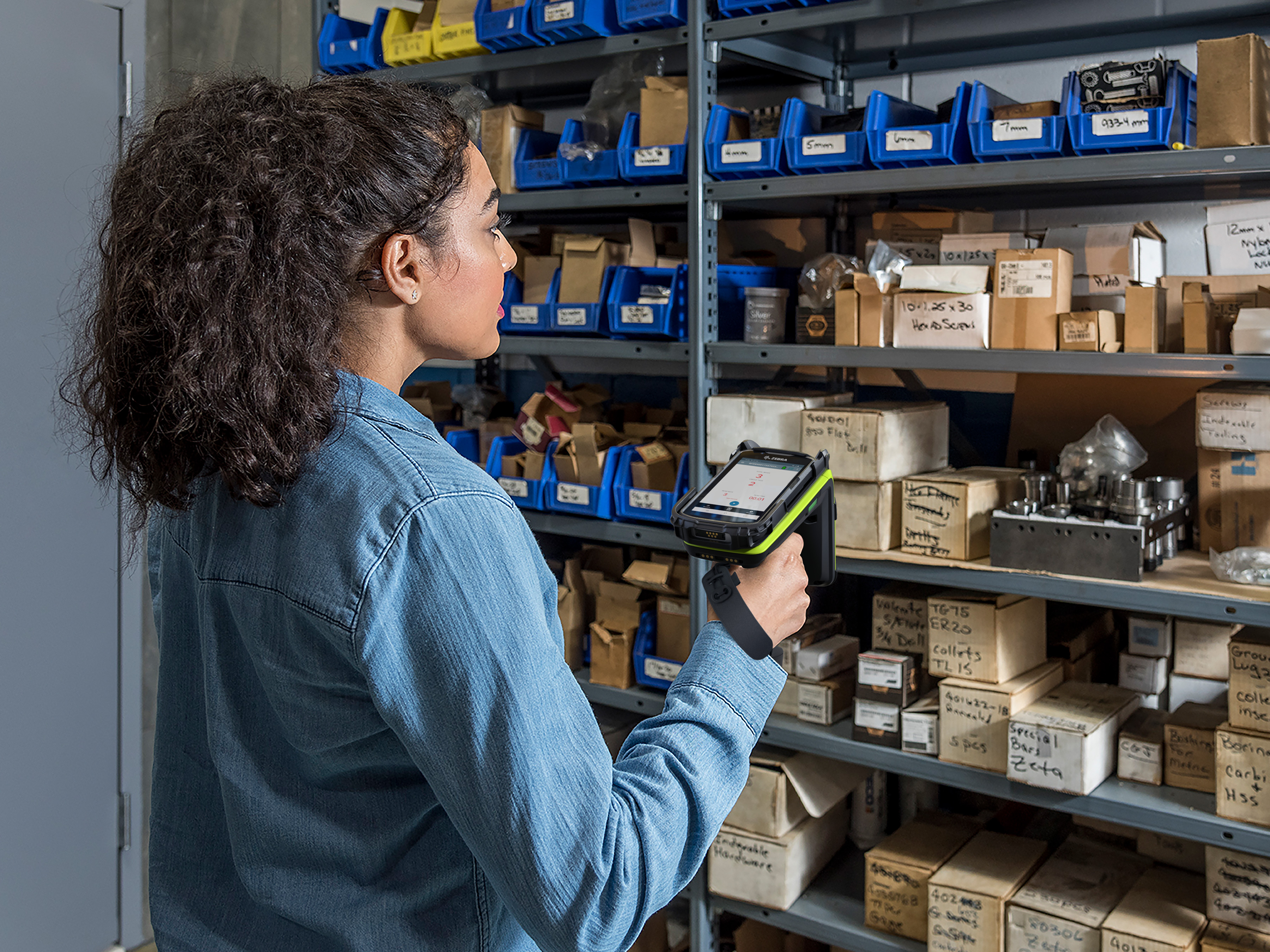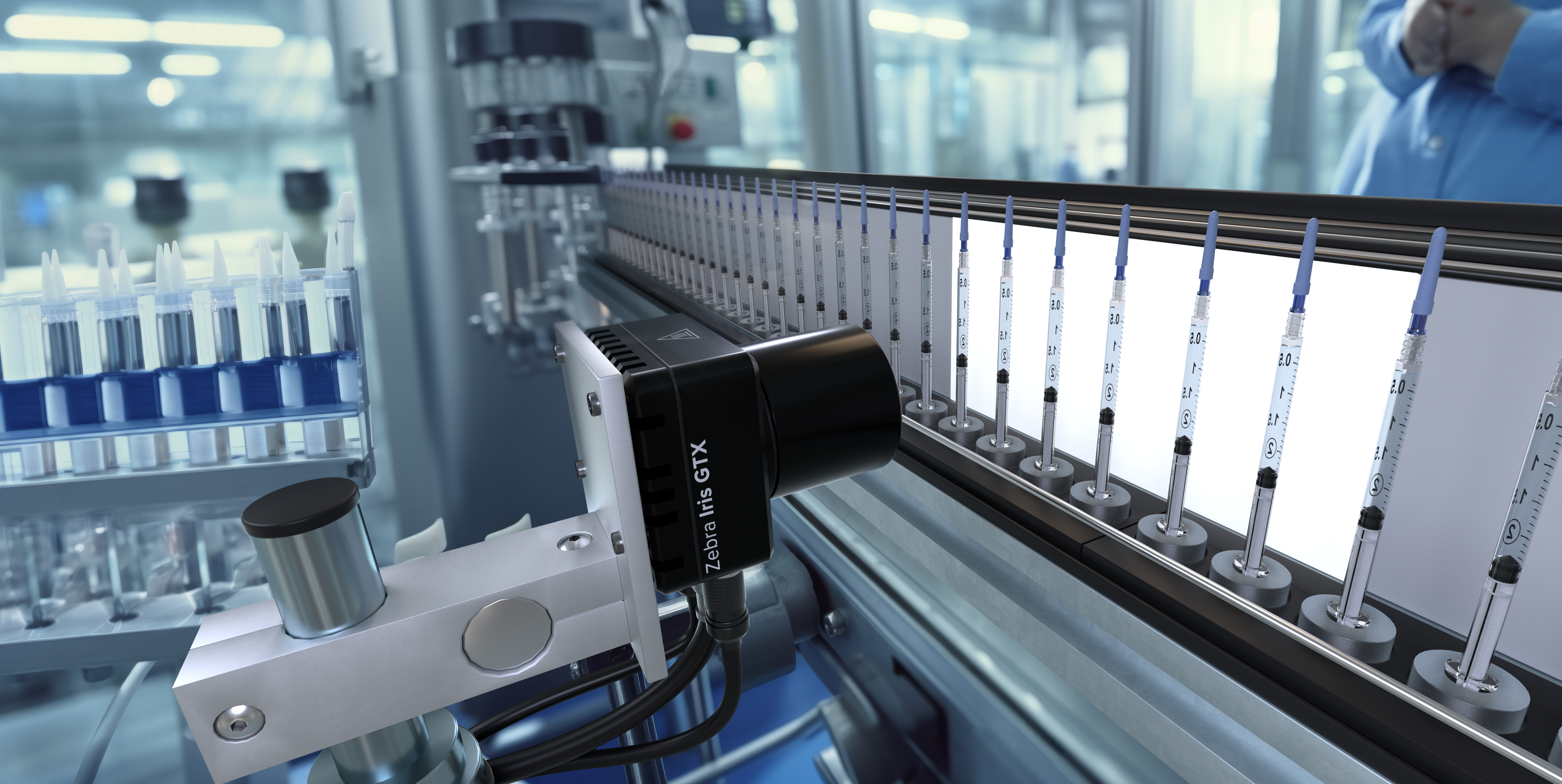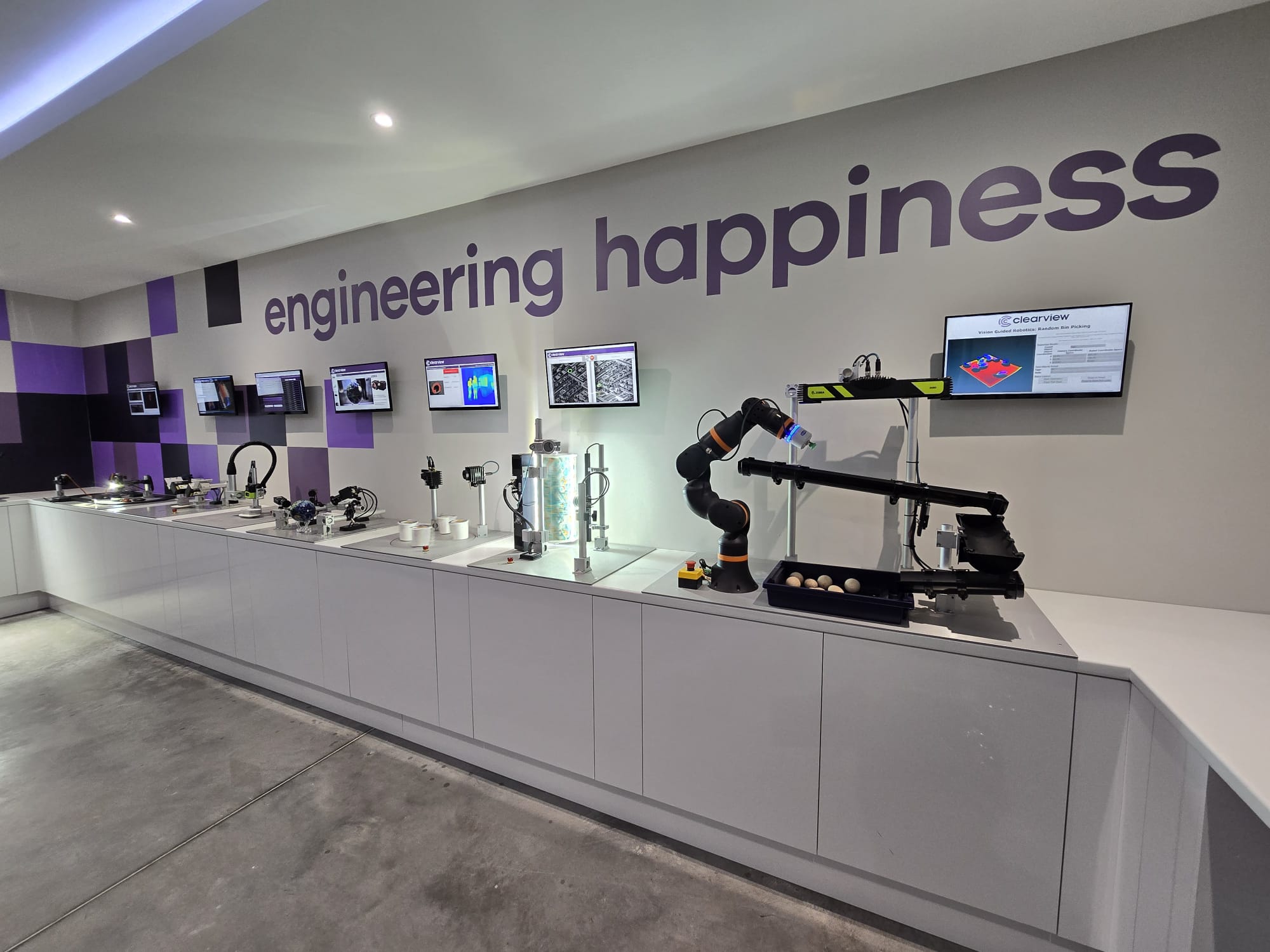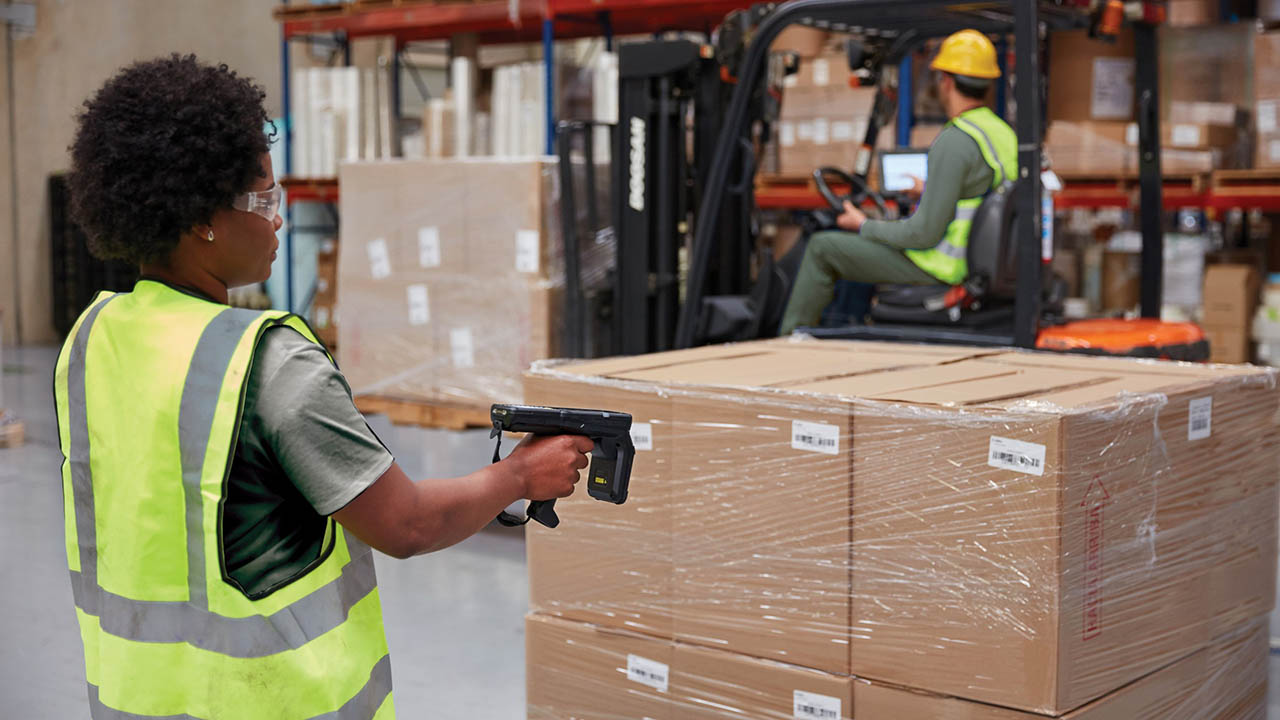Transform retail operations with Zebra’s retail technology solutions, featuring hardware and software for improving inventory management and empowering teams.
Streamline operations with Zebra’s healthcare technology solutions, featuring hardware and software to improve staff collaboration and optimize workflows.
Enhance processes with Zebra’s manufacturing technology solutions, featuring hardware and software for automation, data analysis, and factory connectivity.
Zebra’s transportation and logistics technology solutions feature hardware and software for enhancing route planning, visibility, and automating processes.
Learn how Zebra's public sector technology solutions empower state and local governments to improve efficiency with asset tracking and data capture devices.
Zebra's hospitality technology solutions equip your hotel and restaurant staff to deliver superior customer and guest service through inventory tracking and more.
Zebra's market-leading solutions and products improve customer satisfaction with a lower cost per interaction by keeping service representatives connected with colleagues, customers, management and the tools they use to satisfy customers across the supply chain.
Empower your field workers with purpose-driven mobile technology solutions to help them capture and share critical data in any environment.
Zebra's range of Banking technology solutions enables banks to minimize costs and to increase revenue throughout their branch network. Learn more.
Zebra's range of mobile computers equip your workforce with the devices they need from handhelds and tablets to wearables and vehicle-mounted computers.
Zebra's desktop, mobile, industrial, and portable printers for barcode labels, receipts, RFID tags and cards give you smarter ways to track and manage assets.
Zebra's 1D and 2D corded and cordless barcode scanners anticipate any scanning challenge in a variety of environments, whether retail, healthcare, T&L or manufacturing.
Zebra's extensive range of RAIN RFID readers, antennas, and printers give you consistent and accurate tracking.
Choose Zebra's reliable barcode, RFID and card supplies carefully selected to ensure high performance, print quality, durability and readability.
Zebra's location technologies provide real-time tracking for your organization to better manage and optimize your critical assets and create more efficient workflows.
Zebra's rugged tablets and 2-in-1 laptops are thin and lightweight, yet rugged to work wherever you do on familiar and easy-to-use Windows or Android OS.
With Zebra's family of fixed industrial scanners and machine vision technologies, you can tailor your solutions to your environment and applications.
Zebra’s line of kiosks can meet any self-service or digital signage need, from checking prices and stock on an in-aisle store kiosk to fully-featured kiosks that can be deployed on the wall, counter, desktop or floor in a retail store, hotel, airport check-in gate, physician’s office, local government office and more.
Adapt to market shifts, enhance worker productivity and secure long-term growth with AMRs. Deploy, redeploy and optimize autonomous mobile robots with ease.
Discover Zebra’s range of accessories from chargers, communication cables to cases to help you customize your mobile device for optimal efficiency.
Zebra's environmental sensors monitor temperature-sensitive products, offering data insights on environmental conditions across industry applications.
Enhance frontline operations with Zebra’s AI software solutions, which optimize workflows, streamline processes, and simplify tasks for improved business outcomes.
Zebra Workcloud, enterprise software solutions boost efficiency, cut costs, improve inventory management, simplify communication and optimize resources.
Keep labor costs low, your talent happy and your organization compliant. Create an agile operation that can navigate unexpected schedule changes and customer demand to drive sales, satisfy customers and improve your bottom line.
Drive successful enterprise collaboration with prioritized task notifications and improved communication capabilities for easier team collaboration.
Get full visibility of your inventory and automatically pinpoint leaks across all channels.
Reduce uncertainty when you anticipate market volatility. Predict, plan and stay agile to align inventory with shifting demand.
Drive down costs while driving up employee, security, and network performance with software designed to enhance Zebra's wireless infrastructure and mobile solutions.
Explore Zebra’s printer software to integrate, manage and monitor printers easily, maximizing IT resources and minimizing down time.
Make the most of every stage of your scanning journey from deployment to optimization. Zebra's barcode scanner software lets you keep devices current and adapt them to your business needs for a stronger ROI across the full lifecycle.
RFID development, demonstration and production software and utilities help you build and manage your RFID deployments more efficiently.
RFID development, demonstration and production software and utilities help you build and manage your RFID deployments more efficiently.
Zebra DNA is the industry’s broadest suite of enterprise software that delivers an ideal experience for all during the entire lifetime of every Zebra device.
Advance your digital transformation and execute your strategic plans with the help of the right location and tracking technology.
Boost warehouse and manufacturing operations with Symmetry, an AMR software for fleet management of Autonomous Mobile Robots and streamlined automation workflows.
The Zebra Aurora suite of machine vision software enables users to solve their track-and-trace, vision inspection and industrial automation needs.
Zebra Aurora Focus brings a new level of simplicity to controlling enterprise-wide manufacturing and logistics automation solutions. With this powerful interface, it’s easy to set up, deploy and run Zebra’s Fixed Industrial Scanners and Machine Vision Smart Cameras, eliminating the need for different tools and reducing training and deployment time.
Aurora Imaging Library™, formerly Matrox Imaging Library, machine-vision software development kit (SDK) has a deep collection of tools for image capture, processing, analysis, annotation, display, and archiving. Code-level customization starts here.
Aurora Design Assistant™, formerly Matrox Design Assistant, integrated development environment (IDE) is a flowchart-based platform for building machine vision applications, with templates to speed up development and bring solutions online quicker.
Designed for experienced programmers proficient in vision applications, Aurora Vision Library provides the same sophisticated functionality as our Aurora Vision Studio software but presented in programming language.
Aurora Vision Studio, an image processing software for machine & computer vision engineers, allows quick creation, integration & monitoring of powerful OEM vision applications.
Adding innovative tech is critical to your success, but it can be complex and disruptive. Professional Services help you accelerate adoption, and maximize productivity without affecting your workflows, business processes and finances.
Zebra's Managed Service delivers worry-free device management to ensure ultimate uptime for your Zebra Mobile Computers and Printers via dedicated experts.
Find ways you can contact Zebra Technologies’ Support, including Email and Chat, ask a technical question or initiate a Repair Request.
Zebra's Circular Economy Program helps you manage today’s challenges and plan for tomorrow with smart solutions that are good for your budget and the environment.
The Zebra Knowledge Center provides learning expertise that can be tailored to meet the specific needs of your environment.
Zebra has a wide variety of courses to train you and your staff, ranging from scheduled sessions to remote offerings as well as custom tailored to your specific needs.
Build your reputation with Zebra's certification offerings. Zebra offers a variety of options that can help you progress your career path forward.
Build your reputation with Zebra's certification offerings. Zebra offers a variety of options that can help you progress your career path forward.
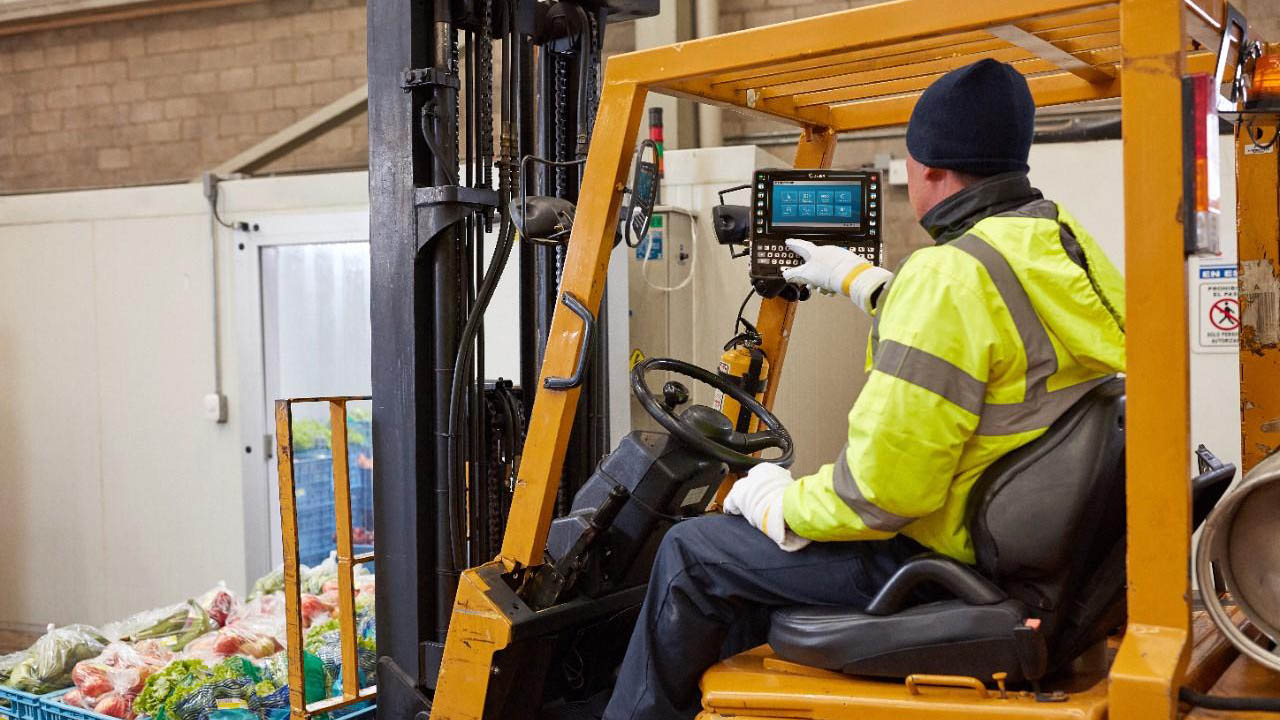
Breaking News: There’s Now a Better Way to Track and Trace Food (Thanks to GS1)
For several years, there has been growing interest in the use of case/carton-level RAIN RFID technology in the food industry, which doesn’t surprise me. If you’re a food manufacturer, distributor, retailer, or restaurant operator, I’m sure you could write a book (or 10) about how difficult it’s becoming to meet regulatory compliance requirements, win customers’ trust, ensure food safety, enable targeted recalls, conduct accurate stock rotations, monitor product freshness, prevent waste, increase operational efficiencies, and otherwise just keep the ship upright and heading in the right direction. You need to find a better way – an easier way – to do everything. While there’s no single solution available, there is a single technology platform that can be used to solve nearly every one of these growing problems: RAIN RFID.
Of course, applying new technologies or techniques always feels risky in the food industry, mainly because there is so much at stake. I know you aren’t going to make a long-term investment without proof of concept or answers for every “what if?” question posed by your boss, colleagues, partners and customers. That’s why I want to ensure you’re aware of what global standards bodies such as GS1 have been doing to give you the data – the “proof” – you need to feel comfortable adopting recommended RFID solutions.
RFID Has the Right Ingredients for the Food Industry
The EPC-encoded RAIN RFID technology used in the apparel industry leverages an encoding scheme that includes product identification and serial number. But not all supply chain and retail RFID applications are comparable. The industries that handle perishable goods need data with extended attributes, such as the batch/lot and date, to successfully manage, track and trace items.
As food supply chain partners explore the possibility of including such attributes in an RFID tag, a new horizon opens for the future of supply chain visibility, improved inventory management and traceability. Eliminating the need for line-of-sight data capture via barcodes opens the possibility of automatically capturing this data from a production plant all the way to a restaurant or retail store. This RFID-retrieved data, when properly aggregated, ultimately provides end-to-end supply chain visibility with very little effort, if any at all, by front-line workers. The readers can capture data from thousands of tags each second without needing anyone to aim a barcode scanner in the direction of the tagged item. This creates the opportunity for companies to know exactly which batch/lot was sent to each specific distribution center, restaurant or store location. Such precise product visibility across the supply chain enables improved supply and demand planning, forecasting, and other critical efforts to ensure customers get the right product at the right time and place. It also enables accurate, precise, and faster recalls and management of time- and temperature-sensitive goods. First-in, first-out rotations are simple when you can quickly confirm that they’re staged and stored accordingly.
Of course, these benefits will not be fully realized until the food industry invests in widespread implementation.
Fortunately, GS1 just released an updated Tag Data Standard, TDS 2.0, which includes the capability of encoding these data elements in the RFID tag EPC memory. This helps with the above efforts and streamlines integration, as trading partners are able to augment manual barcode data collection processes with automated reads of RFID tags containing the same attribute data. This enables more data collection through automation, significantly enhancing supply chain visibility.
The benefits of TDS 2.0 include, but are not limited to, the following:
Extensible RFID tag memory in a manner resembling data-rich barcodes. TDS 2.0 defines a new “SGTIN+” Identification Key that, for example, can include the data encoded in a corresponding GS1-128 barcode such as batch/lot, date, net weight, etc. – provided there is sufficient available chip memory.
The fast search of tag population for criteria, such as expiry or batch/lot, without requiring network connectivity or trade partner integration. This drives business benefits such as optimized picking for freshness rotation and expedited recovery.
Simpler EPC encoding. For example, instead of breaking the GTIN into constituent parts, the full GTIN is encoded with TDS 2.0. This better aligns with corresponding barcode formats and removes the need for a GS1 Company Prefix length lookup when encoding.
Backward compatibility with prior tag data standards. None of the prior GS1 Identification Keys are deprecated.
GS1 US, Avery Dennison, and Golden State Foods executed a proof of concept during the Spring of 2022 using Zebra RFID technology at the Golden State Foods manufacturing facility in Opelika, Alabama. They were able to prove the ability to encode and decode extended RFID tag data attributes using the TDS 2.0 encoding scheme. They demonstrated RAIN RFID’s ability to quickly find tags meeting specific criteria in offline conditions inside a warehouse – highlighting the technology’s value to seamlessly enable multiple business processes with fast, accurate, non-line-of-sight data capture.
Of course, the TDS 2.0 standard is not only for the food industry and, to be clear, this technology is a supplement and not a replacement of data-rich barcodes such as the GS1-128 or GS1 DataMatrix.
However, as Jonathan Gregory, Director, Community Engagement, GS1 US, reminded me, “TDS 2.0 empowers the food industry to adopt RFID technology in new and powerful ways. This standard is the starting point for long-term innovation, and the crux of innovations with longevity, especially in track and trace applications.”
What Now?
Companies like Golden State Foods and Chipotle have already started to drive forward progress with RFID track and trace solutions, which they’ve shared publicly. And Zebra has been working with many food industry leaders behind the scenes to test – and prove – the viability of various RFID solutions in manufacturing, distribution, warehousing, retail and food service environments. My colleagues Amanda Wade, John Wirthlin and Reuben George spoke about those projects in this recent podcast:
If you’re curious about how they’re leveraging RFID, or how you may be able to leverage RFID data to supplement your barcode systems and improve inventory track and trace or management, reach out to your local Zebra representative or one of the experts I just mentioned.
I encourage you to also keep an eye on what companies in other industries are doing now that TDS 2.0 has been released. The apparel and general merchandise industry may leverage it to encode sourcing details such as country of origin for customs management, and there are ongoing discussions in GS1 Healthcare US active workgroups about new RFID solutions using TDS 2.0. Just like in the food industry, data attributes such as GTIN, expiration date, and batch/lot are necessary to help protect human safety and create operational efficiencies. So, I suspect we’ll be talking about some of the parallels we see unfolding in more depth in the coming months.
Until then, I encourage you to check out resources below and talk to those who have been on the front line of RFID technology development, refinement, testing and implementation. They’ll be able to help you develop an RFID solution that meets your needs, even if you specialize in cold chain goods that have not been considered candidates for RFID track and trace solutions in the past. Technology has come a long way in the last few years…

Matt Kowalski
Matt Kowalski directs Business Operations for Zebra Technologies’ Chief Technology Office (CTO). His vast experience spans a wide array of disciplines and functions – product management, competitive intelligence, business and customer development, market research, operations, portfolio marketing, intellectual property, business strategy, product lifecycle management and voice of the customer.
Matt’s global product launches include long-range barcode scanners, mobile computers, APIs and software. He currently holds two technology patents.
Matt has a bachelor’s degree from New York University (NYU), a Professional Certification in Market Research from the University of Georgia, a Six Sigma Green Belt and an MBA from Fordham University’s Gabelli Business School at Lincoln Center in New York City.
Zebra Developer Blog
Zebra Developer BlogZebra Developer Blog
Are you a Zebra Developer? Find more technical discussions on our Developer Portal blog.
Zebra Story Hub
Zebra Story HubZebra Story Hub
Looking for more expert insights? Visit the Zebra Story Hub for more interviews, news, and industry trend analysis.
Search the Blog
Search the BlogSearch the Blog
Use the below link to search all of our blog posts.
Most Recent
Legal Terms of Use Privacy Policy Supply Chain Transparency
ZEBRA and the stylized Zebra head are trademarks of Zebra Technologies Corp., registered in many jurisdictions worldwide. All other trademarks are the property of their respective owners. ©2025 Zebra Technologies Corp. and/or its affiliates.

